#James Brodhead
Photo
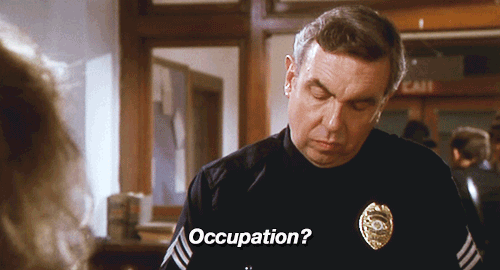
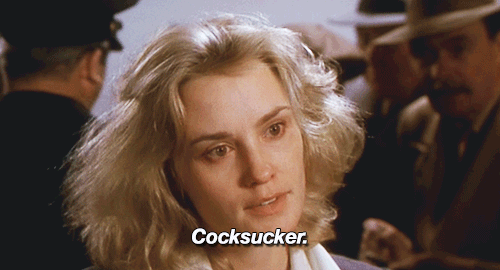
22K notes
·
View notes
Text
LUCY AND JOAN RIVERS DO JURY DUTY
S6;E9 ~ November 5, 1973


Directed by Coby Ruskin ~ Written by Bob Carroll Jr. and Madelyn Davis
Synopsis
Lucy is called to jury duty and clashes with one of her fellow jurors (Joan Rivers). After Lucy is the sole dissenter toward a unanimous verdict, the unlikely pair must room together for the night.
Regular Cast

Lucille Ball (Lucy Carter), Gale Gordon (Harrison Otis Carter)
Lucie Arnaz (Kim Carter) does not appear in this episode, nor is she mentioned in the dialogue. The final credits do state, however, “Lucie Arnaz wardrobe by Alroe.”
Guest Cast ~The Jury

1) Joan Rivers (Joan Reynolds, Juror) was born in 1933 as Joan Alexandra Molinksy. She became stand-up comedian, actress, writer, producer, and television host. She was noted for her often controversial comedic persona - heavily self-deprecating or sharply acerbic - especially toward celebrities and politicians. Rivers gained prominence in 1965 as a guest on “The Tonight Show.” Hosted by her mentor, Johnny Carson, the show established Rivers' comedic style. She also was the first female guest-host of the show interviewing Lucille Ball three times. She was nominated for a Tony on Broadway and co-wrote two plays. There seemed like nothing Rivers could not (or would not) do. She died in 2014.
Joan Reynolds' boyfriend is named Marvin Winterbottom III. Joan thinks he is about to 'pop the question.'

2) James E. Brodhead (Mr. Miller, Jury Foreman ) previously played Tilford in “The Big Game” (S6;E2). He makes his fourth screen appearance in a career that lasted until 1995.
3) Burt Mustin (Mr. Robertson, elderly juror) was born in 1884! He didn’t do his first film until age 67, although his stage and radio career started earlier. He was generally cast as the stereotypical little old man. He is probably best remembered as Mr. Quigley on “All in the Family” and Mr. Lanson on “Phyllis.” He played Old Uncle Joe in two 1973 episodes of “The Lucy Show.” Mustin also played Uncle Jeff in Mame (1974). He died at age 92.
Mr. Robertson has a date with a 'heavy date with a swinging chick' after the deliberations.
4) Judd Laurance (Mr. Stalkup, Football Fan Juror) started his screen career in 1969 doing mostly crime dramas. This is his only appearance with Lucille Ball.
Mr. Stalkup has tickets for a Rams game after the deliberations. His surname is never spoken aloud, only listed in the final credits.
5) Savannah Bentley (Miss Holmes, Juror) makes her only appearance with Lucille Ball.
Her surname is never spoken aloud, only listed in the final credits.
6) Alice Backes (Mrs. Barnes, Juror) made her first TV appearance as a contestant on Groucho Marx's “You Bet Your Life” in 1950, billed as a 'future actress.’ She previously appeared on the series in “Lucy, the Matchmaker” (S1;E12). By her death she accumulated nearly 100 screen credits, so her game show ambitions were more than realized.
Mrs. Barnes is celebrating her wedding anniversary.
7) Lew Palter (Mr. Patrick, Juror) holds a PhD in Theatre and has been a well respected acting instructor for decades. This is his only appearance with Lucille Ball.
Mr. Patrick's name is never spoken in the dialogue, it is just listed in the final credits.
8) Shirley Anthony (Juror) makes the seventh of her 13 episodes of “Here’s Lucy.” This is one of only two times where she received screen credit.
9) Bob Whitney (Juror) appeared with Lucille Ball in The Facts of Life (1960). This is the third of his five appearances on the series.
10) Sid Gould (Juror) made more than 45 appearances on “The Lucy Show,” all as background characters. This is one of his nearly 50 episodes of “Here’s Lucy.” Gould (born Sydney Greenfader) was Lucille Ball’s cousin by marriage to Gary Morton.
11) Walter Smith (Juror) made 14 mostly uncredited appearances on the series. He also did one episode of “The Lucy Show.”

Hank Brandt (Bailiff) was born in 1934 in New Jersey. He began his screen acting career in 1961. He previously played one of the astronauts in “Lucy and the Astronauts” (S4;E5) and Johnny Muldoon in “Lucy and the Little Old Lady” (S4;E17). This is his final episode of the series.
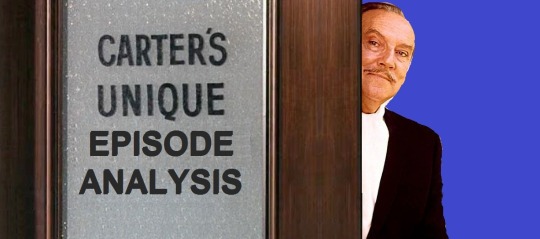

When Lucille Ball died in 1989, Joan Rivers wrote:
“She was tough, smart, a brilliant comedian and a walking master class in comedy.”

When Joan Rivers died in 2014, The Lucille Ball / Desi Arnaz Museum and Center for Comedy wrote a tribute to her on their website, remembering her visit in 2012:
“In an effort to showcase the very best in American comedy in Jamestown, Joan Rivers joined us to celebrate the 100th anniversary of Lucille Ball’s birth date in the most fitting way possible; laughter. Her presence has been a key factor in the realization of Lucille Ball’s wish for her hometown: to celebrate and honor the best in comedy. Like Lucy, Joan changed the face of comedy for women on TV. We will continue to celebrate Joan’s unique talents so that her legacy lives on for generations to come.”
~ Journey Gunderson, Executive Director
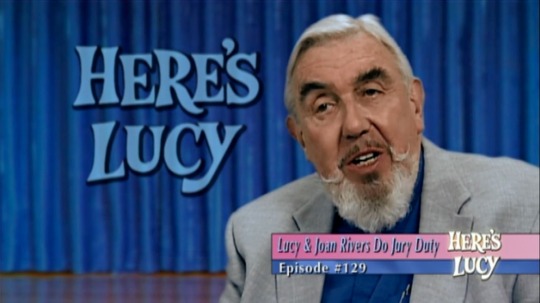
In his DVD introduction, James E. Brodhead (Jury Foreman) recalls that the episode was filmed in fall of 1973.

Brodhead also remembers that Lucy and Joan enjoyed making each other laugh.

As Johnny Carson’s substitute host on “The Tonight Show,” Joan Rivers interviewed Lucille Ball several times.
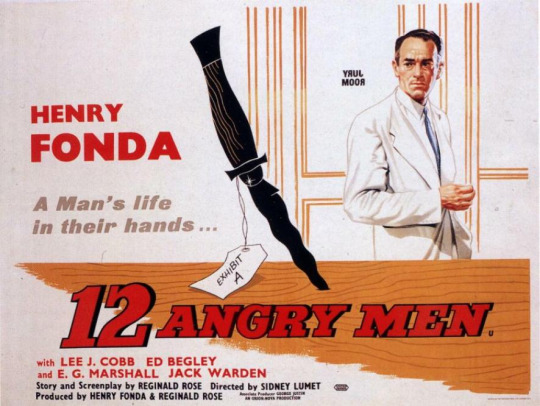
This episode is a loose satire of 12 Angry Men (1957), a film starring Henry Fonda about a lone juror standing up for his principles. The movie is mentioned by Joan Rivers in the dialogue. It was based on the CBS 1954 teleplay “Twelve Angry Men” which inspired a 1955 stage play. On television, the lone hold out was played by “Lucy” alumni Bob Cummings. Henry Fonda co-starred with Ball in the 1968 film Yours, Mine and Ours.

The case is about the last will and testament of one Everett Covington, who has left his million dollar fortune to his nurse, Susan Bartlett. The will is contested by Covington's grandson, George, on the basis that his grandfather was coerced by the much-younger Bartlett to change his will.

Lucy calls elderly juror Mr. Robertson “the Burt Reynolds of Sun City.” The actor (and Playgirl centerfold) Burt Reynolds was one of the hottest male sex symbols of the 1970s. He released three films in 1973 alone. Sun City is a gated, age-restricted community outside of Palm Springs, California. In 2008 it was renamed Desert Springs.

Harry picks up Lucy a couple of magazines to read in her hotel room confinement: Fisherman's Quarterly and The TV Log, two fictional publications.


This is the third celebrity named Joan that has guest-starred with Lucille Ball. The other two are Joan Blondell...

and Joan Crawford.

Although they can't talk about the case, Lucy reasons they can act it out through charades. This gives Lucille Ball a chance to do pantomime, something she loved and was quite good at.

Lucy first played charades on TV in “The Gossip” (ILL S1;E24) in 1952.

The argument between Lucy and Joan about whether to sleep with the window open or closed was also a point of contention between Lucy and Ricky Ricardo in “Breaking the Lease” (ILL S1;E18).

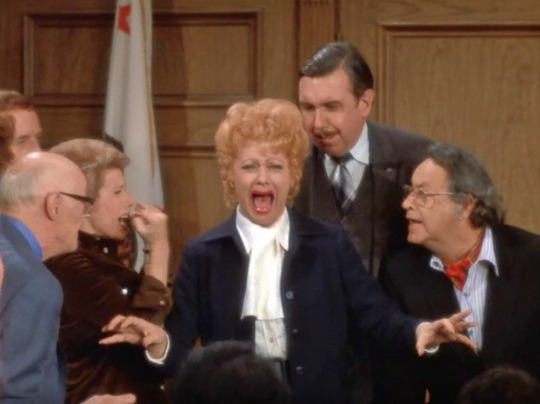
Sitcom Logic Alert! A contested will would certainly not call for a jury trial lasting two weeks.

“Lucy and Joan Rivers Do Jury Duty” rates 3 Paper Hearts out of 5
It is good to see Rivers in an acting role and riffing with the great Lucille Ball. Lucy was very supportive of women in comedy, although she and Rivers were very different. For all its silly improbability, it is a watchable episode.

#Here's Lucy#Lucille Ball#Gale Gordon#Joan Rivers#Sid Gould#Coby Ruskin#Madelyn Davis#Bob Carroll Jr.#James E. Brodhead#Burt Mustin#Judd Laurance#Savannah Bentley#Alice Backes#Lew Palter#Shirley Anthony#Bob Whitney#Walter Smith#Hank Brandt#12 Angry Men#Twelve Angry Men#Henry Fonda#jury#trial#Sun City#burt reynolds#charades#The Tonight Show#CBS#1973#TV
3 notes
·
View notes
Text
Some notes on surnames in Sense and Sensibility. I’ll get to the first names and place names in later posts! (Source is Jane Austen’s Names.)
Dashwood: People in the novel are “dashed from the wood,” removed from their place. Sir Francis Dashwood, the founder of the Hell-Fire Club, redesigned the grounds of his estate to be a sketch of a naked woman. Sir John Dashwood married Mary Anne Brodhead; when he became estranged from her, he tried to sell everything in their house to spite her. In the novel there is significant disloyalty within the family, most prominently John and Fanny Dashwoods’ failures to acknowledge the others as family. Three Dashwood women have their hopes dashed, permanently or otherwise, and John and Fanny plan to cut down trees.
Middleton: Old-fashioned name suggesting neither greatness nor poverty. Sir John is generous with his wealth but demanding of others’ time.
Jennings: The Duchess of Marlborough who was confidante to Queen Anne was born Sarah Jennings. (She was featured recently in The Favourite.) Her husband (General John Churchill) gained his status through treachery, switching allegiance from James II to William and Mary’s invasion. Sarah Jennings was born a commoner and gained the favor of a queen. Mrs. Jennings is likewise from the wrong side of London—the city, not town—but wealth has catapulted her into better society. Her daughters (who, after all, were born with the name Jennings) have married a country lord and a member of parliament, respectively.
Willoughby: “a settlement in a place of willows.” An aristocratic Norman name which pops up in Austen’s family tree (so does Dashwood). It’s the name of the rake in Fanny Burney’s Evelina and the hero in Charlotte Smith’s Celestina. S&S bears some similarities to the latter, with that novel’s Willoughby disappearing without explanation, but turns himself around upon seeing the title character again. Willoughby of S&S turns out to be more of the rake from Evelina. Willows are a symbol of forsaken love, but they bend and yield—they cannot be relied upon.
Ferrars: a pun on ferrous. Mrs. Ferrars and her daughter, Mrs. John Dashwood (née Ferrars), are made of iron. But all four members of that family are taken in one way or another by Lucy Steele.
Palmer: “bearer of palm branches,” one who has been on pilgrimage to the holy land. But Palmer is also a reference to Roger Palmer, who apparently didn’t mind his wife becoming mistress of Charles II.
Brandon: could have Norman, Anglo-Saxon, or Scandinavian roots. Probably a reference to Charles Brandon, duke of Suffolk and brother-in-law of Henry VIII, who married his fourteen-year-old ward, Katherine Willoughby.
28 notes
·
View notes
Photo

:: born digital
Vizenor, Gerald. “Acts of Survivance.” Survivance, 20 Apr. 2016, survivance.org/acts of-survivance/.
Legg, Emily. “Networked Knowledges, Digital Spaces: Storytelling as Decolonial Online Pedagogy”
Chun, Wendy Hui Kyong. Programmed Visions: Software and Memory. Cambridge, Mass.: MIT Press, 2013.
Chun, Wendy Hui Kyong. Updating to Remain the Same Habitual New Media.Cambridge, Mass.: MIT Press, 2013.
Legg, Emily M. Networked Knowledge, Digital Spaces: Storytelling as Decolonial Methodology. http://www.emilymlegg.com/portfolio/?page_id=105.
Parham, Marisa. “Sample, Strobe, Signal.” Debates in the Digital Humanities 2019, Apr. 2019. Print.
Mcpherson, Tara. "Why Are the Digital Humanities So White? or Thinking the Histories of Race and Computation." Debates in the Digital Humanities.University of Minnesota Press, August 24, 2015. Minnesota Scholarship Online. Date Accessed 23 May. 2019 <https://minnesota.universitypressscholarship.com/view/10.5749/minnesota/9780816677948.001.0001/upso-9780816677948-chapter-17>.
Lorde, Audre. The Master's Tools Will Never Dismantle the Master's House. Penguin Books, 2018.
Benitez Rojo, Antonio. The repeating island : the Caribbean and the postmodern perspective / Antonio Benitez-Rojo ; translated by James Maraniss. Durham: Duke University Press, 1992.
Glissant, Édouard. Poetics of Relation. University of Michigan Press, 2009.
McKittrick, Katherine. Demonic Grounds: Black Women And the Cartographies of Struggle. U of Minnesota Press, 2006.
Shange, Ntozake. For Coloured Girls Who Have Considered Suicide When the Rainbow Is Enuf. Scribner, 1997.
McDonald, Frances, and Whitney Trettien. “A Threshold Is an Opening.” Los Angeles Review of Books, 27 Nov. 2017, lareviewofbooks.org/article/a-threshold-is-an-opening/.
Jones, Dalton Anthony. “Northern Hieroglyphics: Nomadic Blackness and Spatial Literacy.” Rhizomes: Cultural Studies in Emerging Knowledge, no. 29 (2016): 1–1. https://doi.org/10.20415/rhiz/029.e01.
Chesnutt, Charles W, and Richard H. Brodhead. The Conjure Woman, and Other Conjure Tales. Durham, N.C: Duke University Press, 1993. Print.
Silko, Leslie Marmon. Almanac of the Dead: a Novel. Penguin Books, 1992.
0 notes